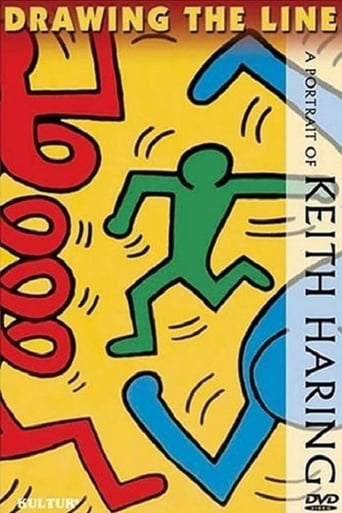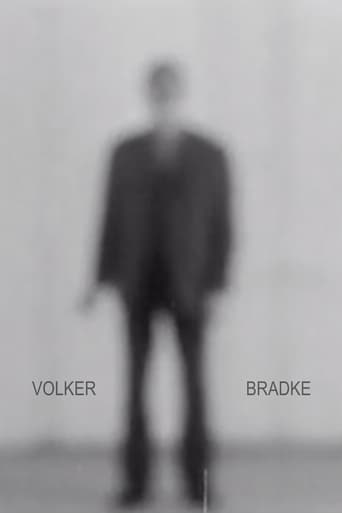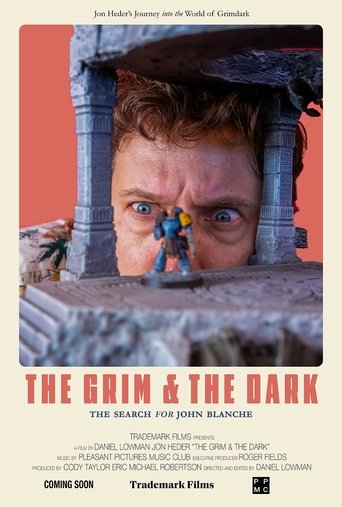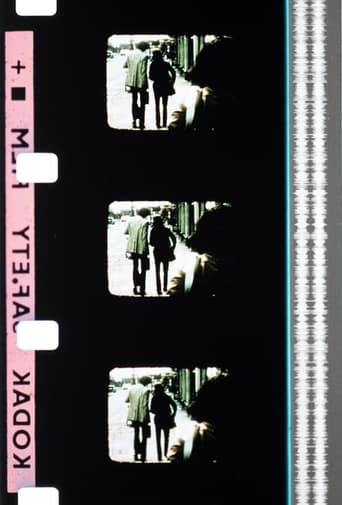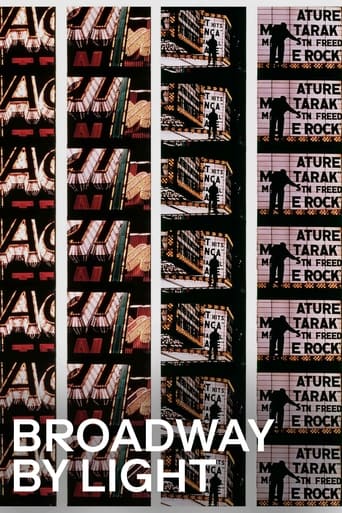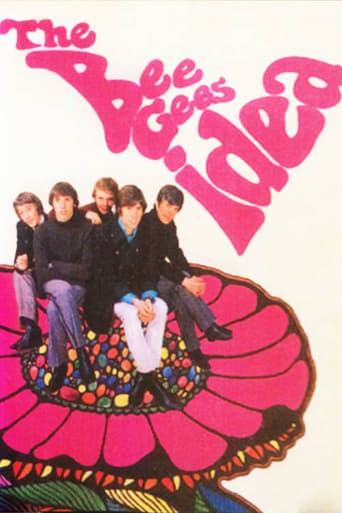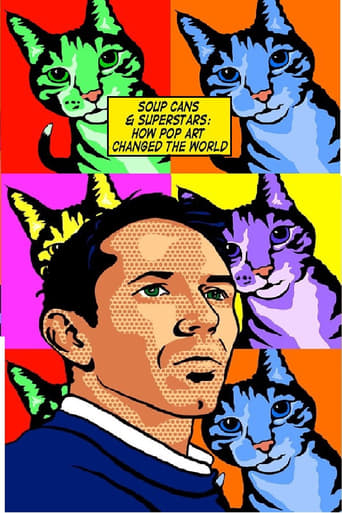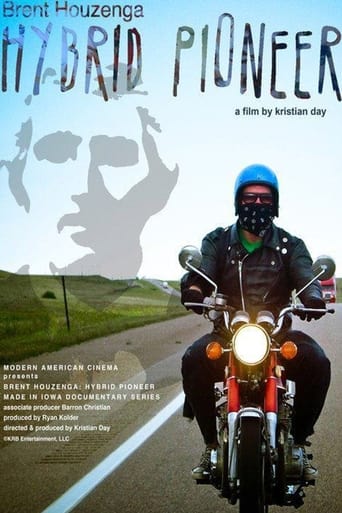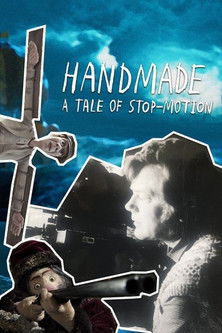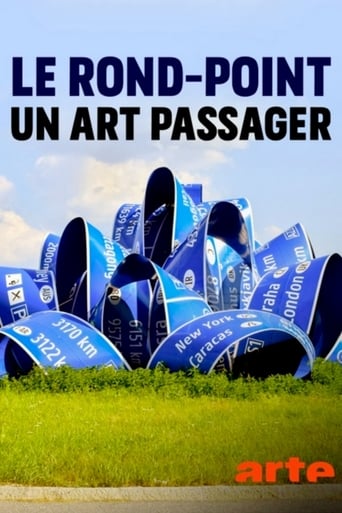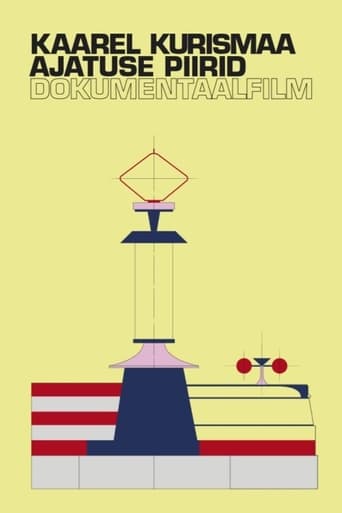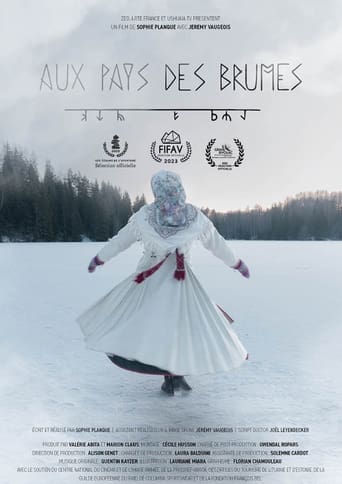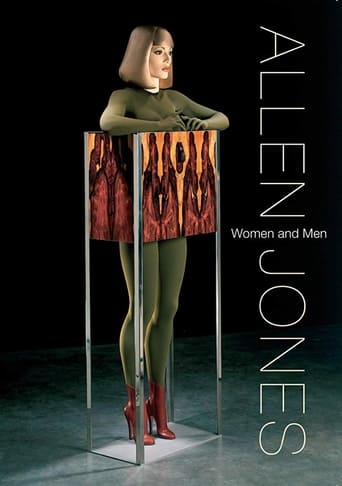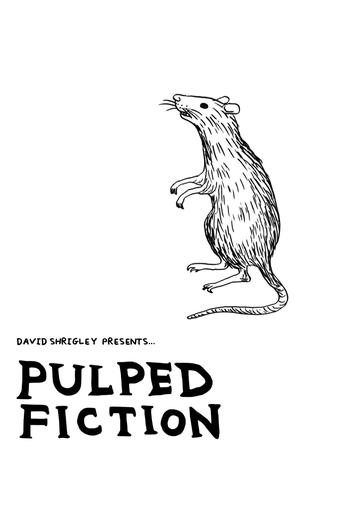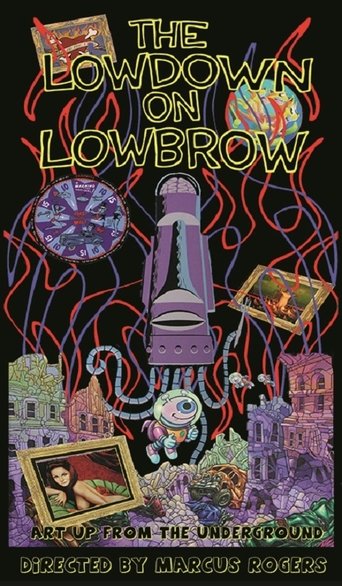
07 Jan 2006

The Lowdown on Lowbrow
West Coast Pop Art : From the 40's to the 21st Century. Hot Rods, Pin-ups, Movies, Music, Flame Jobs, Posters, TV, Comics, Cowboys, Monsters, Tikis and Cartoons. All these things are influences on the Artists creating the work sometimes referred to as Lowbrow. Visceral beautifully realistic artwork tapping into the vein of media culture that surrounds us daily. Edgy, energetic and entertaining, this dynamic West Coast movement is changing the way we appreciate art and making it accessible and enjoyable to everyone.


